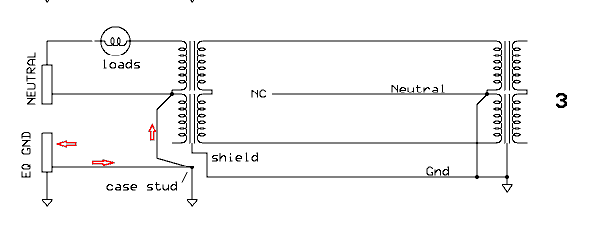SteveK
Guru
- Joined
- Jul 5, 2019
- Messages
- 5,924
- Location
- Gulf Islands, BC Canada
- Vessel Name
- Sea Sanctuary
- Vessel Make
- Bayliner 4588
Gkesden
Thanks I have found the answer I was looking for. The inverter switches both hot a d neutral. Shore power passes through inverter. inverter alone supplies both a d bonds to ground without shore power. Brain fart solved
Thanks I have found the answer I was looking for. The inverter switches both hot a d neutral. Shore power passes through inverter. inverter alone supplies both a d bonds to ground without shore power. Brain fart solved







